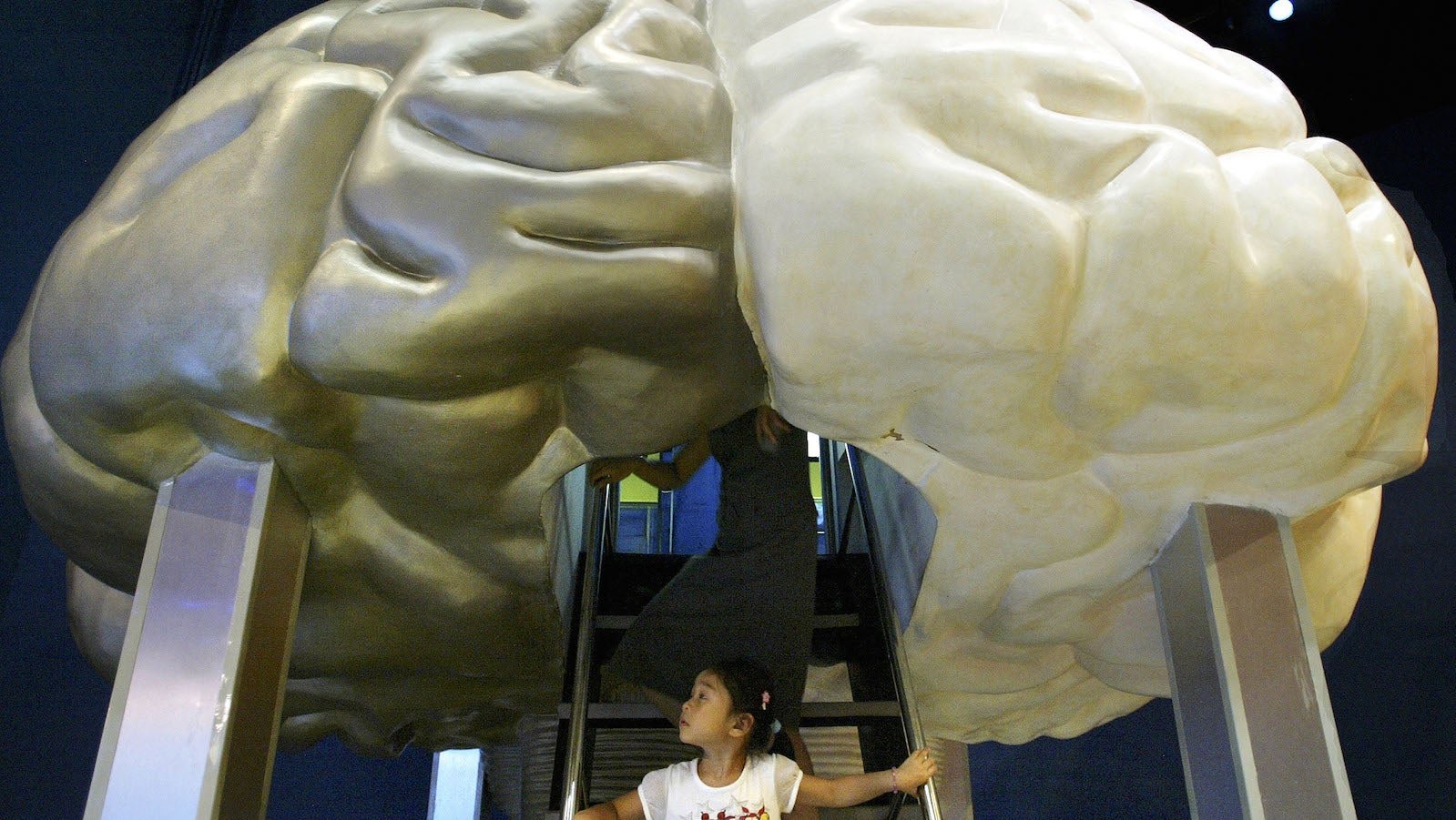Meet the French neurosurgeon who accidentally invented the “brain pacemaker”
Most brain surgeons adhere strictly to precise methods and procedures. Luckily, French neurosurgeon Alim-Louis Benabid is willing to experiment.


Most brain surgeons adhere strictly to precise methods and procedures. Luckily, French neurosurgeon Alim-Louis Benabid is willing to experiment.
Nearly 30 years ago, Benabid, who also trained as a physicist, was performing brain surgery on a patient with Parkinson’s disease. He wondered what would happen if he increased the frequency of his electric probe from 50 to 100 Hz as he inserted it into the portion of his patient’s brain known as the thalamus.
As it turned out, the patient’s muscular tremors, a major and debilitating symptom of Parkinson’s, which cause persistent shaking, stopped immediately. They resumed once the current was removed. Benabid’s curiosity lead to a eureka moment—and to the innovative technology now known as high-frequency deep brain stimulation (DBS).
“Being a physicist pushed me to be more compulsive than a usual surgeon,” Benabid says. “I don’t have the reputation to be a very fast surgeon, I take my time, and on that day a question came to my mind and I took time to think about it.”
For his creation, known as the “brain pacemaker,” Benabid was awarded a European Inventor Award this week by the European Patent Office. The modern iteration of this technology works by embedding a small, pulse-generating pacemaker into a patient’s chest, which is then connected via cables to fine electrodes inserted into the brain. Once implanted, the pacemakers constantly emit high-frequency electrical pulses, between 100 and 150 Hz, which curb the abnormal nerve signals that cause tremors.
Curiously, nobody—not even the inventor himself—is entirely sure why the current is so effective at halting tremors. But Benabid says that’s besides the point.
“The stimulation comes at least within a radius of 2 millimeters, and the brain is very densely packed in those places,” Benabid says. “Because of this density, many phenomena may be involved, one being that at that frequency we do something like ‘jamming,’ or creating a kind of inhibition in the brain which halts the tremor.”
Benabid’s treatment was approved by the FDA in 2002. To date, 150,000 people who suffer from Parkinson’s have received the treatment worldwide. The absence of the constant shaking that diseased brain tissue causes makes life with Parkinson’s much more livable, according to Benabid.
But the cost of the brain pacemaker means that a majority of the 10 million people with Parkinson’s worldwide don’t use it to manage their tremors. Surgery to remove brain lesions is riskier, but it’s still cheaper than DBS simply because you don’t have the added cost of equipment. Benabid hopes the price of the pacemaker will fall over time. He points to his wristwatch, which he says costs less than €100, and compares it to his invention.
“There is more equipment and technology in this watch than a brain pacemaker, where there is only a battery and a small printed circuit,” he says. “Meaning that it could be done much cheaper, we just need more R&D to get there.”
Meanwhile, Benabid’s company Clinatec is working on not just treating symptoms of Parkinson’s, but reversing the disease’s advance itself. After promising preliminary research in laboratory animals, Clinatec is planning a clinical trial to test the efficacy of using a laser source of infrared light, embedded under the skin, to protect the brain cells. The trial is slated to begin in 2017.
“DBS is a symptomatic approach,” Benabid says. “When you turn off stimulation, the disease is still there and the symptoms have become worse. So our goal now is to find a way to not only stop the symptoms but try to slow down, if not to stop, the degenerative process.”